
Small nonprofits often juggle many outreach efforts at once — social media, donor meetings, events. But there’s one channel that consistently delivers results: email. With an ROI of $36 for every $1 spent, email newsletters remain one of the most powerful tools for cultivating donor relationships and propelling your mission.
A regular newsletter allows you to provide updates on initiatives and events, share impact stories, and build trust over time. It gives your nonprofit a direct line of communication that no algorithm can take away, ensuring your message always reaches the people who care the most. With the right approach, it can become an instrumental part of your nonprofit marketing plan.
To help you make the most of this channel, we’ll walk you through the essential steps to crafting a nonprofit email newsletter that resonates with readers and inspires action.
Understand the Purpose of Your Newsletter
Before writing your first subject line, it’s important to define why your organization is sending a newsletter in the first place. Your newsletter should align with your nonprofit’s broader communication strategy and work toward a particular goal. For some nonprofits, the primary goal may be cultivating stronger donor relationships, while others might use newsletters to share program updates, highlight community stories, or prepare supporters for upcoming fundraising campaigns.
Trying to do everything in one edition can overwhelm readers. Instead, pick one or two goals for each newsletter. This focus allows your message to come across clearly and helps readers know what their next step should be.
Build a Structure Your Audience Can Trust
Consistency is key to successful communication. Kwala’s email newsletter template highlights the benefits of following a framework, such as a streamlined writing process, branding consistency, and increased engagement. If you create an easy-to-follow structure that offers consistent, valuable information, your supporters will be more likely to open and read your nonprofit’s emails.
Consider developing a template with recurring sections such as:
- A brief note from the director or staff member
- A supporter spotlight or short impact story
- Upcoming events or opportunities to get involved
- A single data point or “quick fact” about your work
These repeating elements provide familiarity for readers while still leaving room for fresh stories. Keeping paragraphs short and incorporating headings or bullet points will also make your newsletter easy to scan, which is especially important for busy readers checking email on the go.
Craft Content That Centers Supporters
It’s easy to make your newsletter all about your organization’s accomplishments, its story, and its future. However, highlighting the role your donors and volunteers have played in making those results possible creates a stronger connection with readers and encourages them to be part of that impact.
Here are some tips to make your newsletter more valuable for your readers:
- Use donor-centric language. For example, instead of saying, “We distributed 1,000 meals this month,” you might write, “Your generosity helped provide 1,000 meals to families in need this month.” This shift makes the reader feel like they’re an integral part of your mission. Add short testimonials, quotes, or photos of community members to further personalize the story.
- Use storytelling. Stories make your newsletter more engaging for your readers. Try incorporating perspectives from supporters or stories from beneficiaries sharing how donors’ and volunteers’ support has made a difference in their lives. Cornershop Creative’s guide to nonprofit email marketing suggests focusing on impact and using statistics that reinforce your credibility, such as how many children their contributions can help feed or what percentage of the rainforest is possible to save.
- Include valuable content for the reader. Rather than making your newsletter all about getting something out of the reader, include content that benefits them. This could include volunteer tips, local resources, or insights into your cause area. When readers feel they’re gaining something useful, they’ll be more likely to stay subscribed.
Remember, both your content and your strategy should be sensitive to supporters’ needs and desires. It may be tempting to import names to your subscriber list, but this is not an effective strategy. Permission-based marketing is more respectful of your supporters and, therefore, better for you.
Make Your Newsletter Visually Appealing
No matter how strong the content is, a cluttered or difficult-to-read newsletter can drive readers away. Prioritizing clean, accessible design ensures your message gets across.
Use these design tips to create a newsletter that entices people to read on:
- Use consistent branding. Align your newsletter with your organization’s web design best practices by matching fonts, colors, and design elements to your nonprofit’s branding for a cohesive digital experience.
- Prioritize mobile-friendliness. Many of your readers may want to explore your newsletter on their mobile devices. For easier mobile reading, stick to one-column layouts, readable fonts, and call-to-action buttons that are large enough for a touchscreen.
- Use images strategically. Pictures can bring your words to life, but too many photos can overwhelm the text and make it hard to parse the meaning of the content. Stick to one or two high-quality photos per newsletter.
Creating an aesthetically pleasing newsletter is important for grabbing readers’ attention, but it also builds trust and gives the impression that your organization prioritizes the donor experience.
Commit to Consistent Improvement
Regular testing and analysis can take your newsletter from good to great and ensure your content remains relevant. Start by reviewing a few key metrics like:
- Open rate: Using your email marketing platform, you can see how many recipients actually open your email to view the content inside. If you notice a low open rate (the average for nonprofits was 28.59% in 2025), try adjusting your subject line to be more engaging, sending all of your newsletters from one recognizable sender, and delivering your letters on a consistent timeframe.
- Click-through rate (CTR): While your platform should provide your CTR, you can use the formula (Number of Unique Clicks / Number of Delivered Emails) * 100. To improve your CTR, create clear calls-to-action that prompt the reader to take the next step, and make sure your links are easy to find and lead directly to your desired page, whether that’s your donation page or a volunteer sign-up form.
- Unsubscribe rate: Unsubscribers are a fact of life. When analyzing your unsubscribe rate, segment your audience. Ask yourself, “Are new subscribers losing interest quickly, or is our content deviating from what long-time supporters signed up for?” Recognizing these patterns can help you adjust accordingly.
To further optimize your newsletter, try conducting A/B testing to see how different subject lines or delivery times perform differently. Keep a swipe file of best-performing newsletters to refine your strategy based on what works best.
Using these tips, your email newsletter can go beyond merely sharing updates to become a meaningful way to build long-term trust and remind supporters why your cause matters. Dedicating the time and resources to elevate your newsletter is well worth the effort, as these simple lines of communication teach supporters why their place in your community matters and create worthwhile relationships.
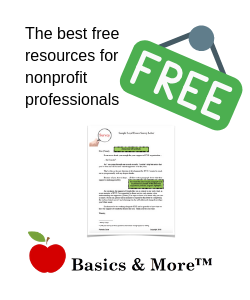
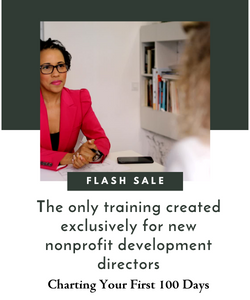
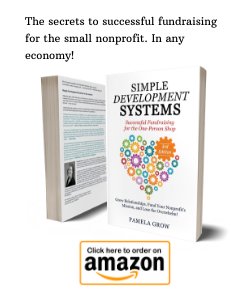
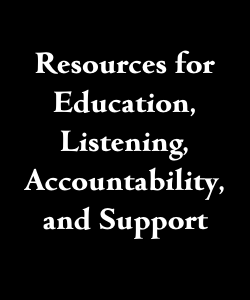
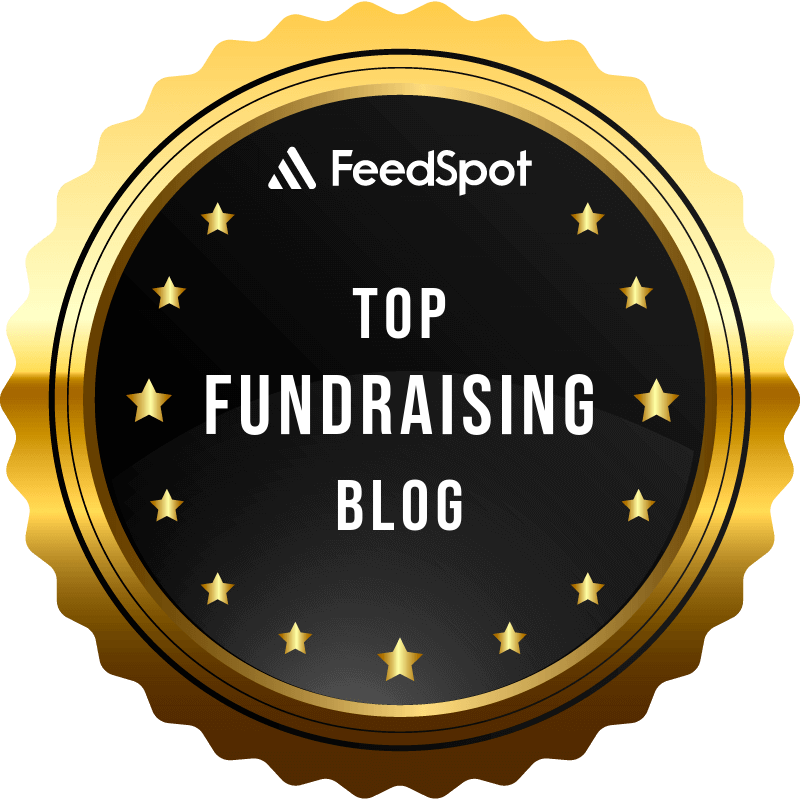
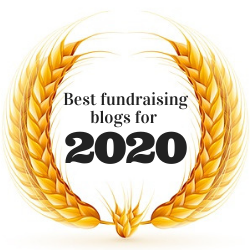
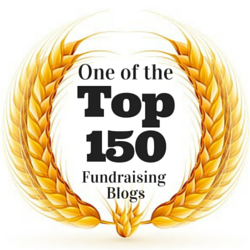
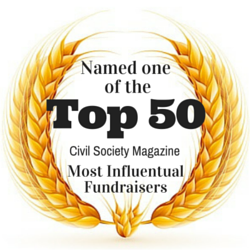
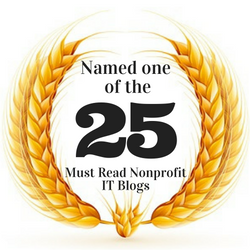
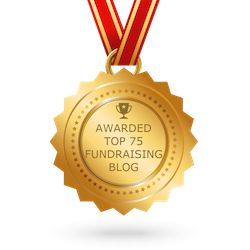
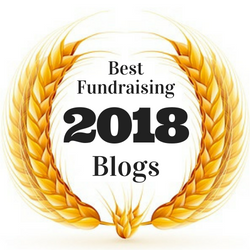
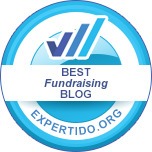
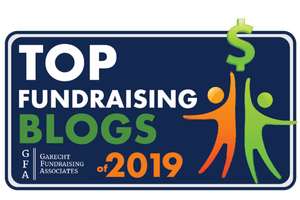
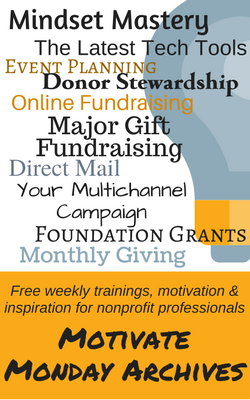
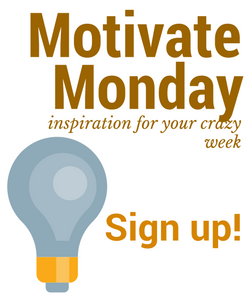
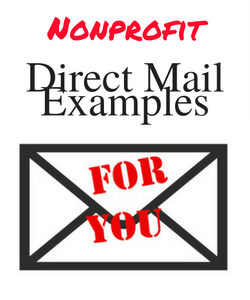
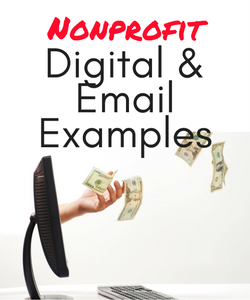

 I can’t wait to meet with you personally.
I can’t wait to meet with you personally.
Comments on this entry are closed.